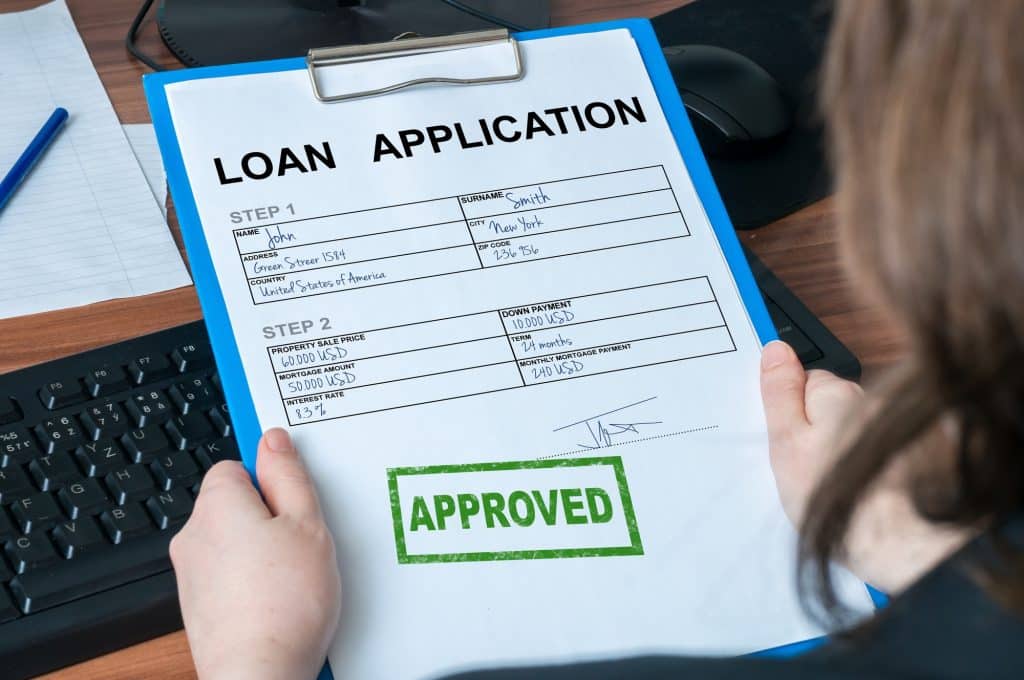As of 2022, the commercial banking market in the US is valued at $862.4 billion. As the world changes and technology advances, so does banking. There are several new trends that will affect the future of banking in the coming years. Keeping up with these changes is crucial to understanding how banks will continue to evolve.
For a rundown of the top banking trends in 2022, keep reading.
Embedded Banking
Embedded banking is a new type of banking that doesn’t use a bank, website, or mobile app. The most common example of this is buy now, pay later options presented by retailers.
Non-financial institutions can utilize financial services through APIs, giving consumers more options when it comes to transactions.
Another popular example is Shopify’s e-commerce software that merchants use. It contains payment services that would have previously been merchant-acquiring business for banks.
Embedded banking can be used by any company, and takes out the banks that act as a middle man between the business and the customer. This is also applicable for B2B activity.
Payments aren’t the only applications of embedded banking. Lending, insurance, and investment can all be processed this way.
As technology advances, so does the capabilities of embedded banking. Automation is more accessible and faster which is very appealing to customers.
Improved Personal Insights
One thing that customers regard very highly is personalization, which is likely to be one of the biggest baking trends in 2022. Banks are focussing on this in a number of ways to increase customer satisfaction.
Improved artificial intelligence and machine learning will make this easier moving forward. Banks will be able to use customers’ personal information to tailor experiences to peoples’ specific needs.
A typical example could be using data from previous transactions to give customers alerts if there is potential for shortfalls in their accounts.
This has already been implemented by some banks in the form of tips to help customers understand and improve their personal credit scores. Wells Fargo also has plans to add a virtual assistant to their app giving tailored insights to customers in real-time.
Facial Recognition
Security has always been one of the most important aspects of banking, and people are always happy if it can be combined with convenience. A lot of mobile devices and computers have facial recognition capabilities to unlock them, and this is starting to move over to banking.
A number of financial institutions in the US are already making use of facial recognition, along with document verification, for mobile and online banking services. Fingerprint scanning technology has also increased in use in recent years for similar applications.
One noted risk with this is the use of “deep fake” technology to make fraud attempts. This could allow fraudsters to create a false image of someone’s face to fool facial recognition systems or even other people.
This is one of the main reasons facial recognition still faces a lot of opposition, as well as the potential for certain biases such as race or sex to affect people.
Such opposition may slow the movement, but it is still currently happening, so it’s not something to ignore.
In-Person Digital Interactions
Virtual branches are a perfect example of how banking is changing. Communication tools are used to simulate a typical conversation that would take place in a physical bank. Some of these tools include:
- Webchat
- Mobile chat
- Video chat
- Co-browsing
- Document sharing
Some banks across the US have already begun implementing this, helping people still bank efficiently as in-person branch visits have declined.
An example of an app that is already being used for this is Arvest Banker Connect. Customers can read banker profiles to find one that appeals to them and then message that banker directly. A running history of the communication is logged for reference.
Cryptocurrencies
Cryptocurrencies have exploded in recent years and they are unlikely to disappear anytime soon. Many banks have started to move towards cryptocurrencies, and more will do so in the near future.
Some banks already have functionality in their apps to allow their customers to buy and sell cryptocurrencies. A lot of people are still cautious as they are not very well understood, but as they grow in use so will people’s trust.
It is safe to say there will be a lot of growth in the use of cryptocurrencies in banking in 2022.
Matchmakers
The purpose of matchmakers is to form a connection between banks and fintechs. This is done by core-software providers, venture capital funds, and other entities, helping banks to improve their technological capabilities and enabling fintechs to adopt services used by banks.
This is of more interest to regional and community banks as well as credit unions as they often don’t have the resources to source these technologies themselves.
Banks that have formed relationships with fintechs have begun growing faster, which is encouraging other banks to quickly follow suit.
Hybrid-Work Technologies
Over the last couple of years, hybrid work has become significantly more common. As some employers work from home while others are in the office they must be able to communicate and collaborate effectively.
The consensus is that those working from home are at a bit of a disadvantage to those in the office, so banks (and other institutions) are constantly working on solutions to this.
Ally Financial finished a new building earlier this year that has “Zoom Rooms” specifically designed to improve video conferencing. These rooms have a touch panel for employees to sign in and a dedicated screen where participants will appear and can share content.
Keeping up With the Future of Banking
More trends are always appearing, so to best understand the future of banking you need to stay up to date.
CFI is always on top of the latest finance and banking trends, so if you have any questions feel free to contact us by clicking here.
If you want to stay up to date you can also subscribe to our newsletter at the bottom of this page.









